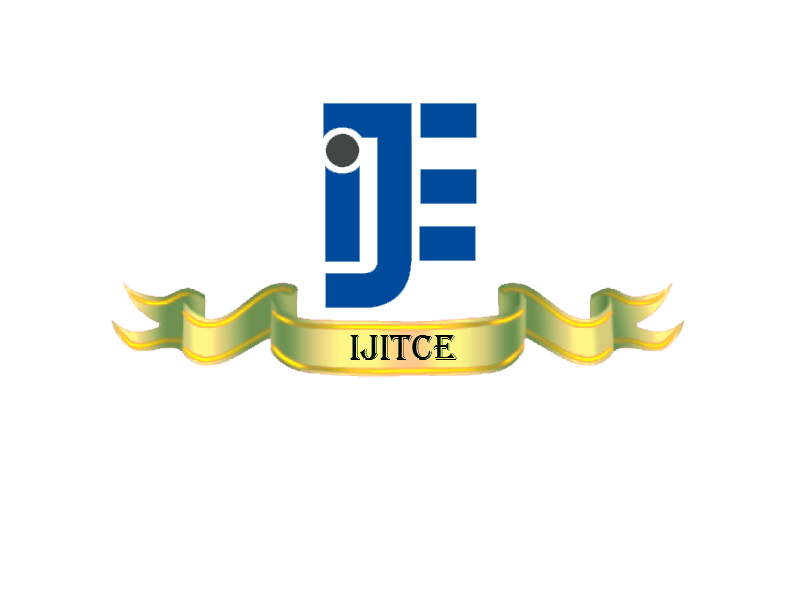July 2013 Issue Vol.3 No.7
Human Errors: An Investigation into Restart
Ubaid Hussain Zahidani, Iram Zehra Mirza Computer Science Department, Queen Marry University of London, Mile End, UK Library & Information Science Department, University of Kashmir, J&K, IndiaAbstract: Human error is an assumed cause and a contradiction to ones intention at the psychological level. In addition criticality implied by human error is not directly measurable, rather inferred from the performance scale. Such erroneous acts of violations are the processes of mental aberrations that lead to an unintended outcome. To overcome violations of principles, the design of a system should come to the rescue. This motivates the research to conduct a laboratory study to investigate the slips made after restarting the sequential actions to lessen the error commission because of the non-stochastic slips, the practical issues of design are addressed. Further this paper hypothesizes the effectiveness of a visual hint at restart mitigates the error occurrence, and considers activation of intended goals which otherwise have been in-active. The slips are blamed to occur because of working memory load incurred by the system at the time. A structured micro-world task was constructed using Sudoku gaming system, with certain variations, to test the association of visual hints with slips manifested after an interruption. The results proved the effectiveness of visual hints to mitigate the error commission under high working memory load.
Keywords: Peristalsis, Micropolar Fluid , Permeable Walls.
Development of Empirical Model for Prediction of Surface Roughness in Turning Operation
P.Shabarish, G. Ranga Janardhana, K. Vijaya Kumar Reddy Department of Mechanical Engineering, JNTUH College of Engineering, Hyderabad, A.P, India Department of Mechanical Engineering, JNTUK College of Engineering, Kakinada, A.P, IndiaAbstract: In present days, the important goal in the modern industries to manufacture high quality and low cost products in just in time. The quality of the product depends upon the surface roughness and hence the surface roughness placed an important role in product manufacturing. Hence, an Empirical model is proposed for prediction of surface roughness in machining processes at given cutting conditions (speed, feed, depth of cut).For a given work-tool combination, the range of cutting conditions are selected from different cutting condition variables. These cutting conditions are applied for Factorial design of experiments (DOE) method. After conducting experiments, surface roughness values are measured. Then these experimental results are used to develop an Empirical model for prediction of surface roughness by using Multiple Regression method.
Keywords: Surface Roughness, Factorial Design of Experiments (DOE), Prediction Models, Multiple Regression method.
